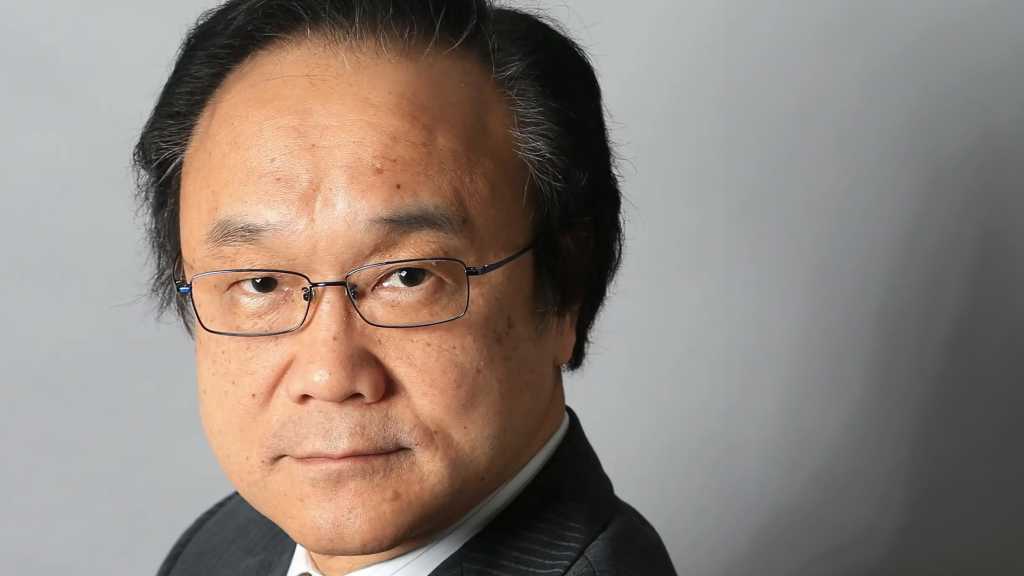Key Takeaways
- Japan’s semiconductor industry faced decline due to the collapse of its bubble economy, resulting in loss of talent to Korean firms.
- The strong yen and subsequent recession hindered Japan’s ability to compete globally, particularly in semiconductors.
- Efforts by the Ministry of International Trade and Industry to restructure the industry ultimately fell short, leading to acquisitions by foreign companies.
Impact of Economic Changes on Japan’s Semiconductor Industry
Japan’s semiconductor industry has struggled due to a combination of economic factors and mismanagement. The burst of Japan’s asset price bubble in the early 1990s significantly impacted corporate investments, prompting manufacturers to halt investments in technology. As companies restructured and tightened retirement age policies, many engineers retired, leading to an influx of talent into South Korean firms willing to pay premium salaries. This brain drain weakened Japan’s technological competitiveness.
The economic landscape was further challenged by the Plaza Accord in 1985, which led to a rapid appreciation of the yen. The high currency value made Japanese exports less competitive, culminating in a recession that particularly afflicted the semiconductor sector. By the 1990s, following the real estate bubble burst, corporate investment in semiconductors sharply declined. Aggressive investment strategies became untenable, limiting Japan’s capacity to innovate and compete globally.
Attempts to revive the semiconductor industry through restructuring by the Ministry of International Trade and Industry (now the Ministry of Economy, Trade and Industry) were largely unsuccessful. The ministry’s efforts included forming what were known as the “Hinomaru Alliances,” uniting various semiconductor firms such as Elpida Memory—which consolidated DRAM businesses—and Renesas Technology, which merged system LSI operations. However, these alliances, built on existing companies, struggled with slow decision-making processes and unclear responsibilities, hampering effective reforms.
The eventual outcome was detrimental; Elpida was acquired by U.S. company Micron Technology, and Japan’s semiconductor sector began to fade under global competition. Similar struggles plagued the LCD market, as parent companies prioritized reputation over necessary flexibility in organization.
Despite the decline of major semiconductor manufacturers, the materials and equipment sectors in Japan remain robust. This resilience provides a glimmer of hope for the potential revival of Japan’s semiconductor industry, suggesting that with the right strategies and management, there may still be opportunities for rebirth in this crucial sector.
The content above is a summary. For more details, see the source article.















